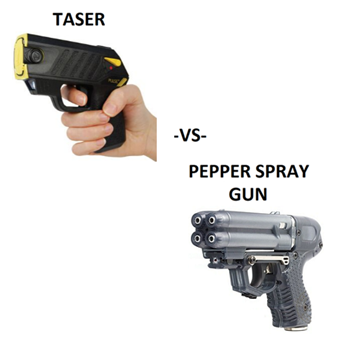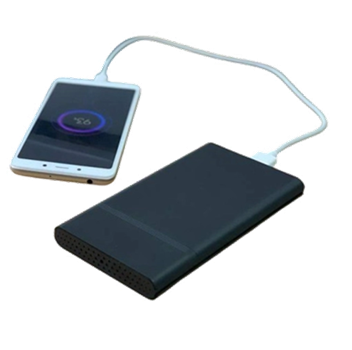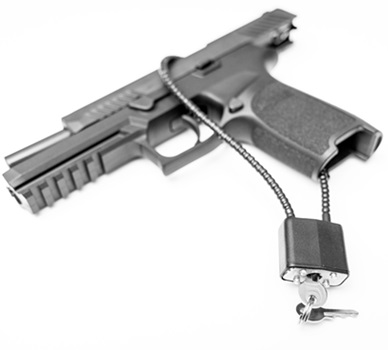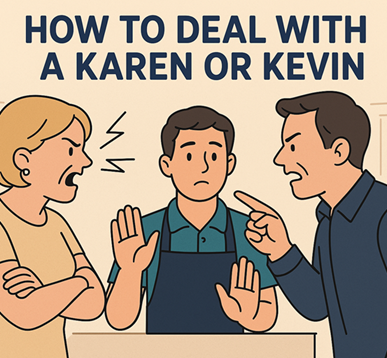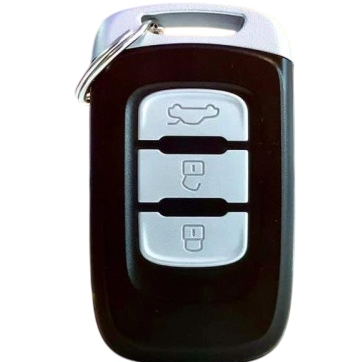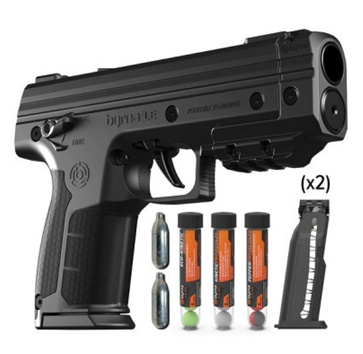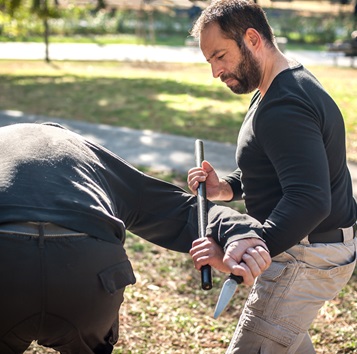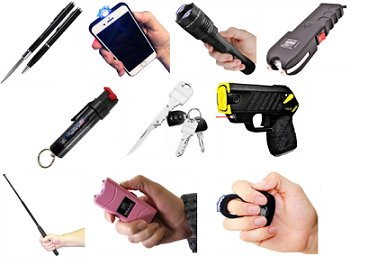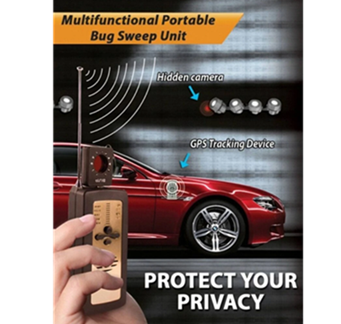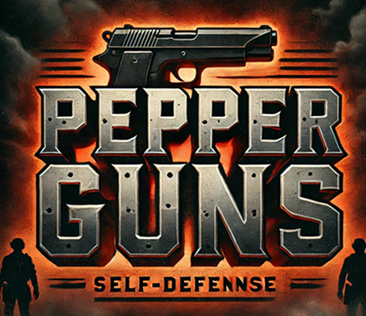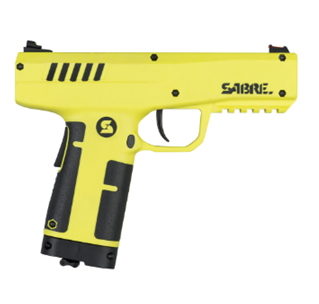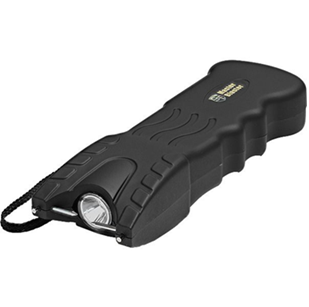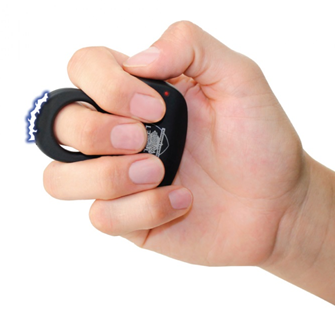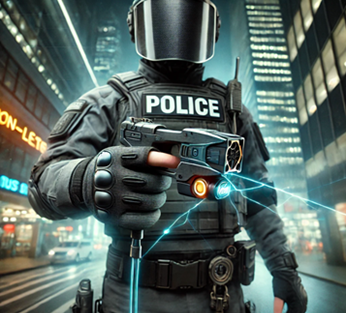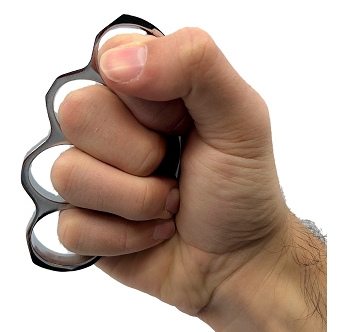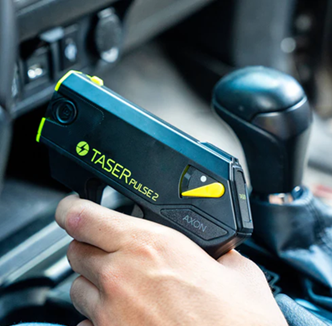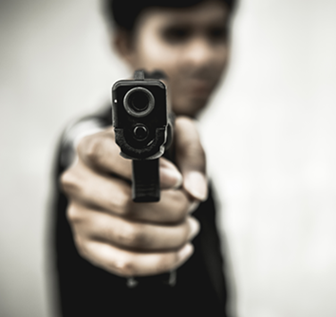Understanding the Laws Around Concealed Carry of Self-Defense Weapons
 Carrying a self-defense weapon can give you peace of mind and a sense of security in today’s world. However, before deciding to carry, it’s essential to understand the legal framework surrounding concealed carry of self-defense tools. Laws vary by state and locality, and failing to comply can result in fines, jail time, or even losing your right to carry such items. This guide aims to break down the most important considerations when it comes to legally carrying self-defense weapons concealed.
Carrying a self-defense weapon can give you peace of mind and a sense of security in today’s world. However, before deciding to carry, it’s essential to understand the legal framework surrounding concealed carry of self-defense tools. Laws vary by state and locality, and failing to comply can result in fines, jail time, or even losing your right to carry such items. This guide aims to break down the most important considerations when it comes to legally carrying self-defense weapons concealed.
Why Understanding the Law is Important
Carrying a self-defense weapon like pepper spray, pepper gun, a stun gun, Taser or even a firearm may seem straightforward. However, ignorance of the law is no defense in court. Each state in the U.S. has its own set of regulations governing what self-defense weapons you can carry, how you can carry them, and where you can carry them. Violating these laws, even unknowingly, can result in criminal charges that might carry severe penalties.
Being aware of and following these laws ensures you stay on the right side of the law while still being able to protect yourself. Moreover, understanding these laws will help you navigate how and where you can carry specific tools—whether you're walking down the street, traveling, or entering certain venues like schools or government buildings.
Types of Self-Defense Weapons Covered Under Concealed Carry Laws
Different types of self-defense weapons are subject to varying laws depending on where you live. Let’s break down some of the most common:
-
Firearms:
- Firearms, particularly handguns, are often carried for self-defense. However, they are the most regulated weapons when it comes to concealed carry. In the U.S., you need a permit in most states to carry a concealed firearm legally.
- Firearms laws differ drastically between "shall-issue" states, which grant permits as long as the applicant meets the requirements, and "may-issue" states, where authorities have discretion over whether to grant a permit.
-
Pepper Spray:
- Pepper spray is one of the most common non-lethal self-defense weapons. While it’s legal in most states, there are restrictions. For instance, some states limit the amount of pepper spray you can carry (e.g., California limits the size to 2.5 ounces). (See Pepper Spray Laws)
- In some locations, pepper spray is only legal for use by individuals over a certain age or who have not been convicted of felonies. Other states may require you to purchase it from licensed firearms dealers.
-
Stun Guns and Tasers:
- Stun guns and Tasers are legal in most states, but there are exceptions. States like Hawaii, Rhode Island, and certain cities like Chicago or Washington D.C. restrict or outright ban their use. (See Taser and Stun Devices Regulations by State)
- Additionally, some states may require a permit to carry a stun gun or Taser concealed, similar to firearms. In other cases, laws dictate that you cannot use these weapons in certain public places.
-
Knives:
- Knives are another popular self-defense tool, but laws governing them are complex. Some states have specific limitations on blade length, while others restrict carrying certain types of knives, such as butterfly knives or fixed blades.
- For example, in Texas, you can carry a knife with a blade under 5.5 inches in most public spaces. However, certain places, such as schools and government buildings, may still prohibit knives altogether.
Federal vs. State Laws: What Takes Precedence?
In the United States, both federal and state laws govern concealed carry. Generally speaking, state laws have more of an impact on day-to-day carrying of self-defense weapons. Federal law typically covers broader issues, such as prohibiting firearms in certain public spaces (e.g., schools or federal buildings), while states determine who can carry and under what circumstances.
It’s crucial to note that when state and federal laws conflict, the stricter law usually takes precedence. For instance, if federal law allows carrying a specific self-defense tool, but state law prohibits it, you’ll need to comply with the state’s restrictions.
Permits and Licenses: Do You Need One?
For certain self-defense weapons, particularly firearms, carrying them concealed without a permit is illegal in most states. However, recent legislative trends have led some states to adopt "constitutional carry" laws, which allow residents to carry firearms without a permit.
Let’s break down the different types of carry laws:
-
Constitutional Carry:
- In states with constitutional carry laws, no permit is required for law-abiding citizens to carry a firearm. As of 2024, states like Texas, Tennessee, and Arizona have adopted such laws.
- Even in constitutional carry states, some restrictions may still apply, such as minimum age requirements or limitations on carrying in specific public spaces.
-
Shall-Issue States:
- In "shall-issue" states, authorities are required to issue a concealed carry permit to anyone who meets the basic criteria, such as passing a background check and completing a training course. Examples of shall-issue states include Florida and Utah.
-
May-Issue States:
- "May-issue" states grant authorities more discretion. Even if you meet the qualifications, local authorities can deny your concealed carry permit. States like California and New York are examples of may-issue jurisdictions, although recent court rulings have made it more challenging for these states to restrict permits.
-
Restricted Carry States:
- Some states heavily restrict or outright ban concealed carry of firearms. For example, Hawaii and New Jersey have stringent processes, often making it difficult for the average person to obtain a concealed carry permit.
Weapon-Free Zones: Where You Can’t Carry Concealed Weapons
Even if you have a permit, there are many places where carrying self-defense weapons, including firearms, is prohibited. These "weapon-free zones" are regulated at both the federal and state levels and can include:
- Schools and universities
- Federal buildings (e.g., post offices, courthouses)
- Airports and airplanes
- Private properties that prohibit weapons
- Places of worship (in some states)
Carrying a weapon into one of these prohibited areas, even with a permit, can result in criminal charges.
Reciprocity: Carrying Your Weapon Across State Lines
Reciprocity refers to the recognition of concealed carry permits between states. If you have a concealed carry permit in your home state, you may be allowed to carry in other states with reciprocity agreements. However, each state has its own laws about which states’ permits they honor.
For example:
- If you’re licensed to carry a firearm in Texas, you can legally carry in states like Florida and Georgia, which have reciprocity agreements with Texas.
- However, if you travel to a state like New York, which doesn’t recognize permits from other states, you’ll need to leave your weapon at home.
The key here is to check the specific state laws wherever you’re traveling to ensure you’re complying with their rules.
Consequences of Violating Concealed Carry Laws
Violating concealed carry laws can have severe consequences. Penalties can range from fines and confiscation of your weapon to jail time and a permanent criminal record. In some cases, you could lose your right to carry weapons entirely. For example, in states like California, illegally carrying a concealed firearm without a permit can result in up to a year in jail for first-time offenders.
How to Stay Compliant
Here are some practical tips to help you stay within the law when carrying a concealed self-defense weapon:
- Research the laws in your state and locality. Keep in mind that these laws can change, so make sure to stay updated.
- If traveling, check the laws in the states you’ll be visiting. Make sure your concealed carry permit is recognized, or consider leaving your weapon at home.
- Carry identification and your permit. If you’re stopped by law enforcement, having your permit and ID ready will ensure a smooth process.
- Understand the limits of self-defense. Knowing when you’re legally allowed to use your weapon is just as important as knowing how to use it.
Conclusion
Understanding the laws around the concealed carry of self-defense weapons is vital for staying safe and legal. Whether you’re carrying pepper spray, a stun gun, or a firearm, knowing the rules will help you navigate complex legal landscapes and ensure that you can protect yourself without facing unintended consequences. Always stay informed and exercise responsible carry habits to maintain your personal safety and your legal rights.
Company Info
Customer Service
Product Information
- TASER® and Stun Devices Regulations by State
- TASER® Safe Escape Product Replacement Guarantee
- TASER® Comparison Chart
- TASER® User Manuals
- TASER® Warranty Info
- Byrna Product Catalog
- PepperBall Manuals & Spec Sheets
- Pepper Spray Laws
- Air Gun Laws
- States that Restrict Automatic and Butterfly Knives
- Our Print Catalog



























